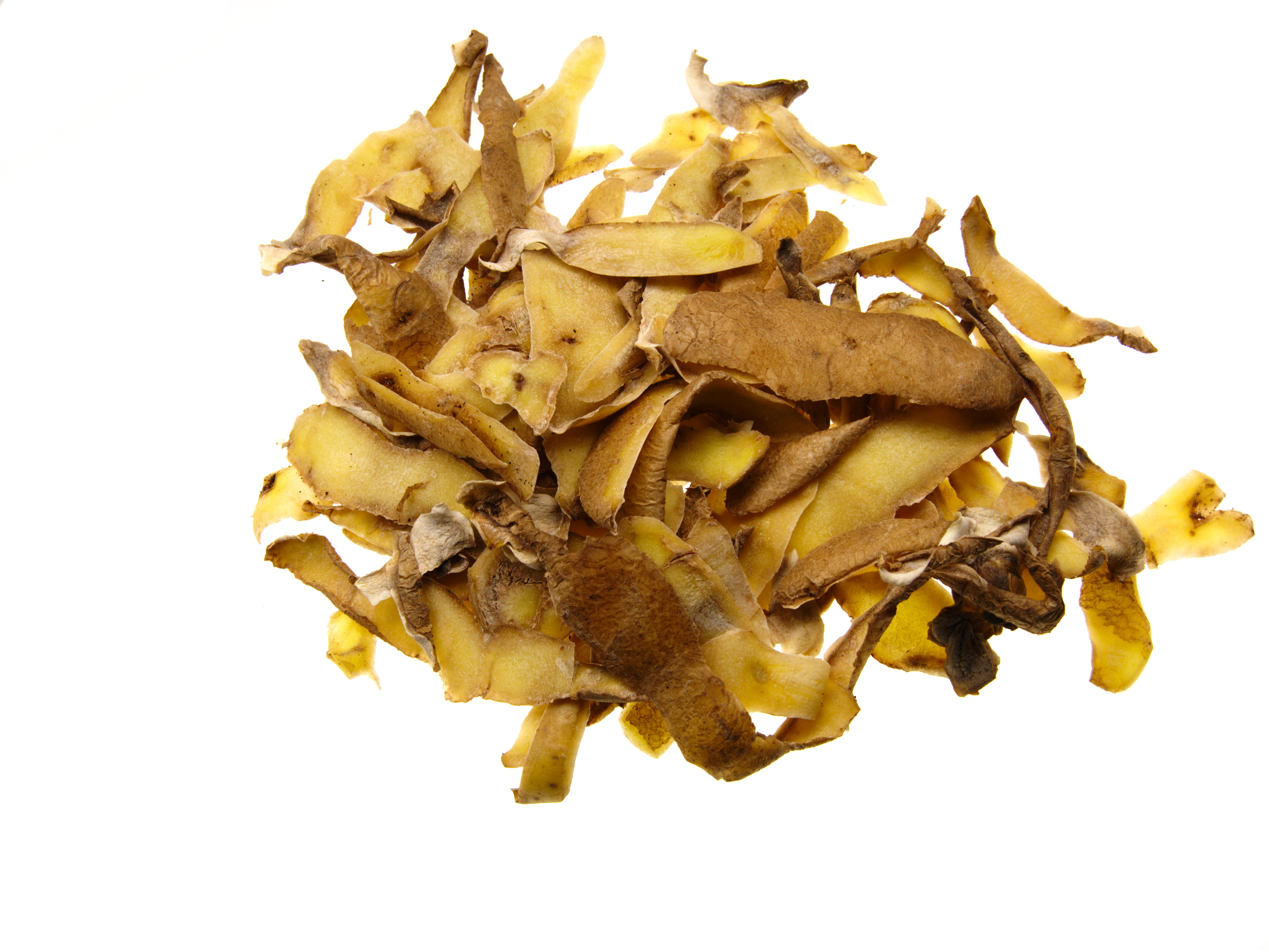
Important composting tips
Nature has a wonderful way of taking care of itself and there are a number of processes that take place regularly in order to ensure that both plant and animal life are sustained. Even when flowers and leaves die, this too serves a purpose and the dead plant material then acts as food for the other growing plants. We can buy compost from our local nursary but why pay money when you can make your own instead?
Firstly, many people think that composting can only be done outside. However, this is not the case and special composting bins are available for indoor composting. These bins can be stored in an area where it will not get in the way or be disturbed. If you plan to start a compost heap outside, you should consider covering it with a tarp to help keep some moisture in.
Another essential point to remember is that you cannot simply toss anything and everything into your compost heap. Anything that comes from a plant is perfect. So this means that old flowers, foliage, twigs, and even fruit and vegetable skins can be added to the heap. You can even add some egg shells and rice, for example, but you should never add any dairy products or meat.
Finally, remember that compost is not just a bunch of dried plant material. For the plant material to successfully break down into compost, it needs some moisture. To test the moisture levels of your compost, put on some gloves and grab a handful of compost. Give it a squeeze and check how much water comes out. Only a couple of drops should fall. If any more water falls, then your compost is too wet. If no water falls, then you need to add some moisture to your compost. Remember, every time you add fresh fruit or vegetable skins, you are also adding moisture too.
